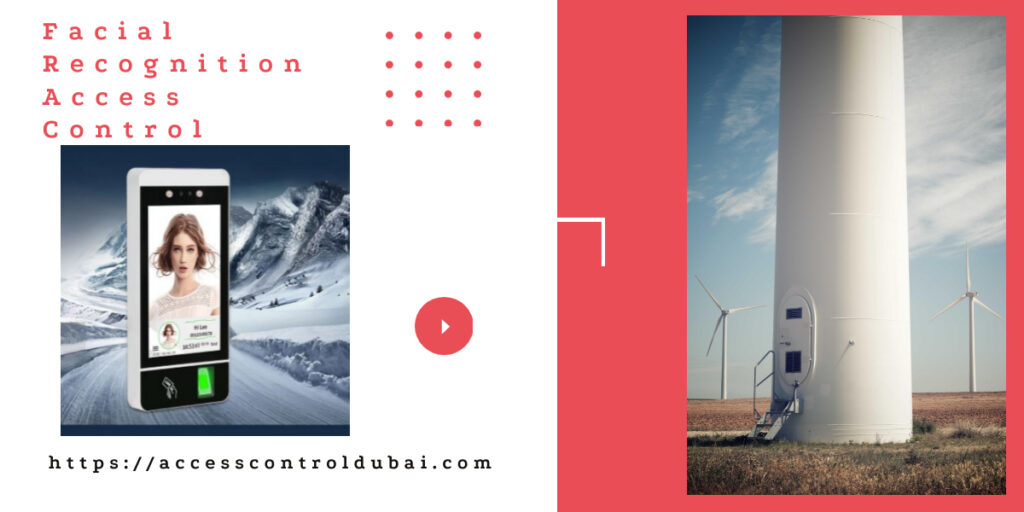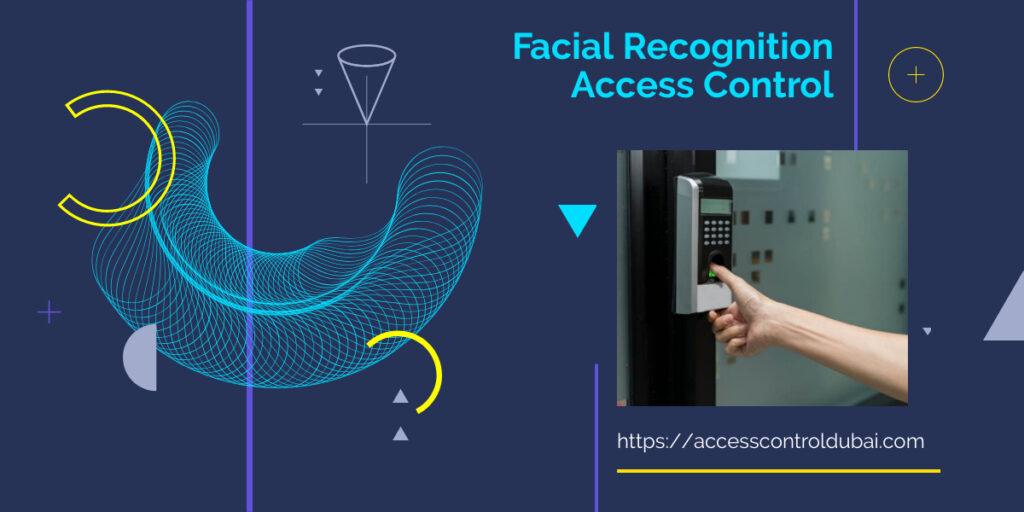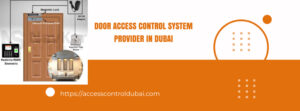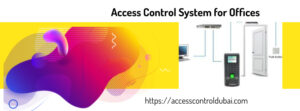Navigating the world with ever-increasing security demands, one technology consistently stands out: Facial Recognition Access Control. It’s not just for sci-fi movies anymore. This sophisticated system is transforming how we secure everything from our personal devices to high-security facilities, offering a blend of robust security and unparalleled convenience. But what exactly makes facial recognition access control so groundbreaking, and what should you know about its real-world applications and implications? Let’s dive in.
Facial Recognition Access Control
Imagine walking up to a secured door, and without fumbling for keys or swiping a card, it simply unlocks. That’s the Access control system Dubai mystic type algorithm of facial recognition access control. It’s a biometric security measure that uses unique facial features to verify a person’s identity and grant or deny entry. This isn’t just about convenience; it’s about a fundamental shift in how we approach security, moving from “what you have” (a key, a card) or “what you know” (a PIN, a password) to “who you are.”
How Facial Recognition Access Control Works its Magic
At its core, facial recognition access control employs a multi-step process to identify an individual.
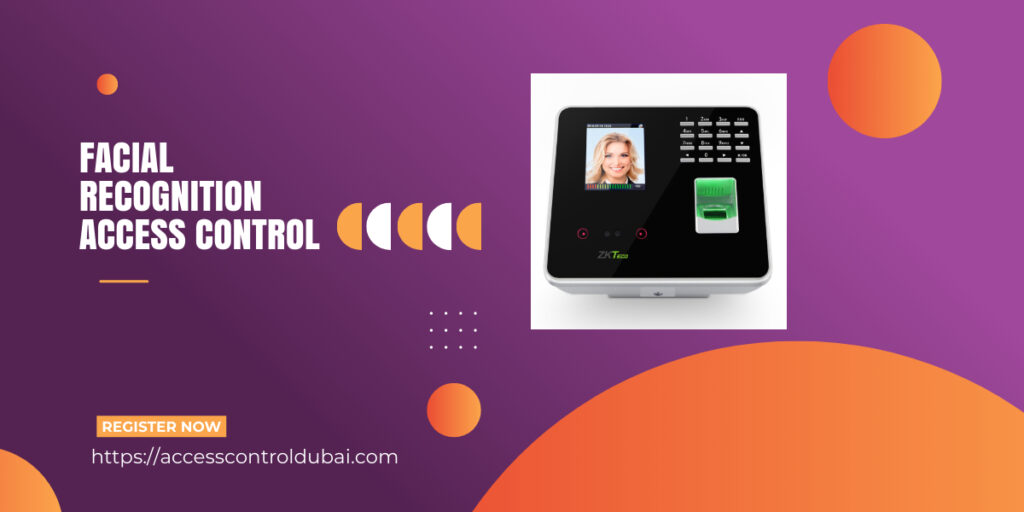
Step 1: Face Detection – The First Glance
The system first needs to find a face within its field of view. This is done using advanced computer vision algorithms, often powered by neural networks, that can pinpoint human faces in real-time, even in a crowd. Think of it like a digital “spotter” that’s always on the lookout for a face to analyze.
Step 2: Feature Extraction – The Unique Blueprint
Once a face is detected, the system gets down to business, extracting hundreds, sometimes thousands, of unique facial landmarks or “nodal points.” These aren’t just superficial features; they include precise measurements like the distance between your eyes, the shape of your jawline, the contours of your nose and lips, and even subtle variations in skin texture. This creates a detailed digital “face identification” or mathematical template, unique to each individual, which is then converted into a numerical code.
Step 3: Comparison – The Database Check
This generated face recognition is then rapidly compared against a secure database of pre-enrolled, authorized individuals. Sophisticated matching database processes work tirelessly to calculate the comparison between the live scan and the stored server database templates. The closer the match, the higher the confidence score.
Step 4: Access Decision – The Green Light (or Red)
Based on a pre-defined confidence threshold, the facial recognition access control system makes a decision. If the internet live face ID machine sufficiently matches an authorized template, access is granted. If the condition is not, the door leftovers locked, rejecting access. This entire process happens in a fraction of a second, often without the user even realizing it’s occurring by advance AI algorithm.
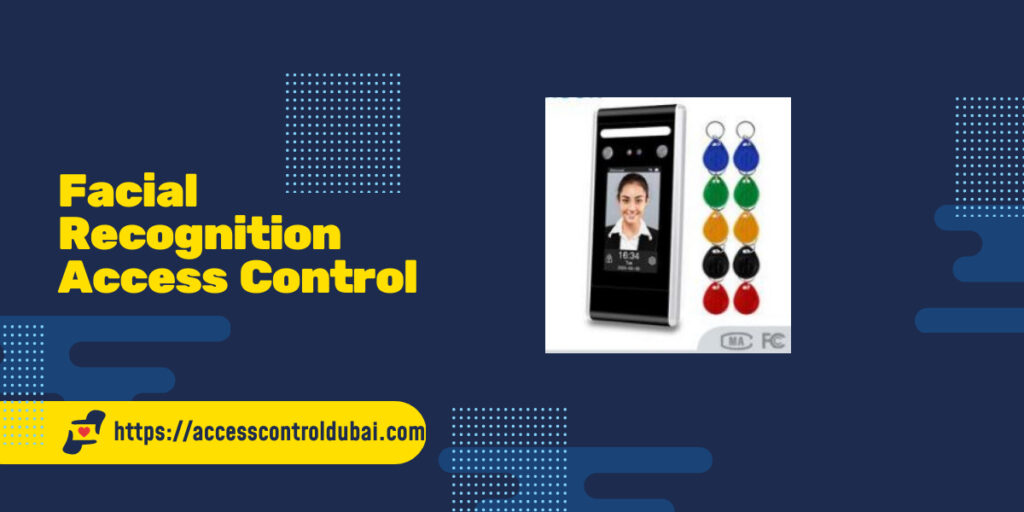
The Perks of Putting a Face to Access Control
The adoption of facial recognition access control isn’t just a trend; it’s driven by compelling benefits across various sectors.
Unrivaled Security: A Fortress for Your Face
Traditional access methods like key cards or PINs are vulnerable. RFID / HID Keyfob cards can be misplaced, lifted, or even raplica cloned, and PINs can be forgotten or compromised. Facial recognition access control, however, ties access directly to a unique biometric identifier – your face. This significantly reduces the risk of unauthorized entry, making it exceptionally difficult to “spoof” the system, especially with advanced anti-spoofing measures that detect photos or 3D masks. It clearly authorize the person entering is confirmed, not just the record they carry.
Seamless Convenience: The Effortless Entry
Remember the frustration of forgetting your access card or struggling with a jammed lock? Facial recognition access control eliminates these hassles. It offers a truly contact less facial and hands-free unique experience. Imagine arriving at your office, and the door simply opens as you approach, freeing up your hands and saving valuable time. This convenience extends beyond daily entry, streamlining processes like check-ins at airports, patient registration in healthcare, and even retail payments.
Enhanced Efficiency and Accountability: Knowing Who, When, Where
Beyond just security, facial recognition access control provides invaluable data for operational efficiency. It can accurately track who enters and exits a facility, and at what time, creating a verifiable audit trail. This is crucial for managing employee attendance, monitoring sensitive areas, and even responding to security incidents with precise information. For businesses, this translates to better resource management and heightened accountability.
Scalability and Integration: Growing with Your Needs
Whether you’re securing a small office with a single entry point or a sprawling corporate campus with multiple access zones, facial recognition access control systems are highly scalable. They can easily integrate with existing security infrastructure, such as turnstiles, gates, and video surveillance systems, offering a comprehensive security solution that grows with your organization’s needs.
The Flip Side: Addressing Concerns in Facial Recognition Access Control
While the advantages of facial recognition access control are clear, it’s also important to acknowledge and address the challenges.
Privacy Concerns: The Eye of the Beholder
Perhaps the most significant concern surrounding facial recognition access control is privacy. The assortment and storing of unique facial biometric data increase requests about how this information is used, protected, and potentially misused. People often worry about mass surveillance and the feeling of constantly being “watched.” Responsible implementation requires clear policies on data retention, consent, and stringent security measures to prevent breaches.
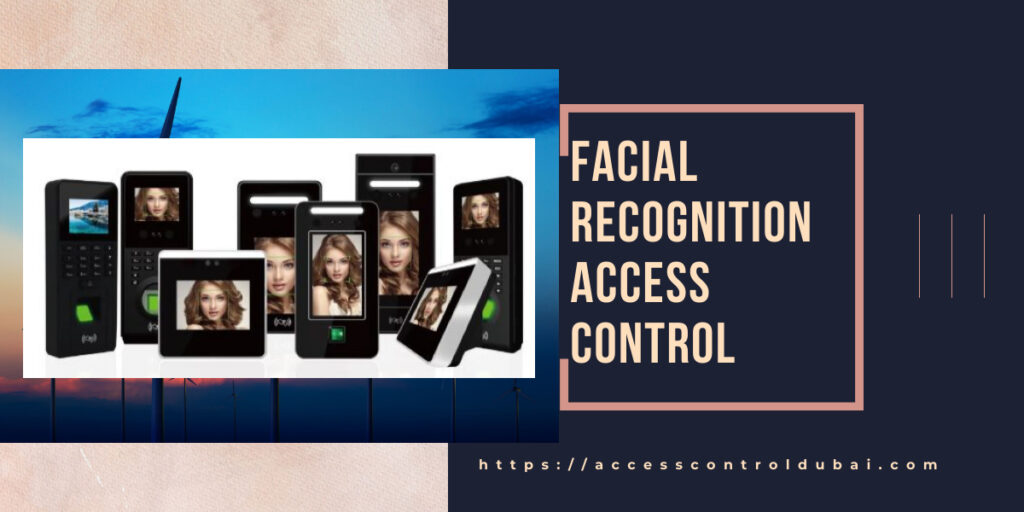
Accuracy and Bias: Ensuring Fairness
Despite significant advancements, facial recognition access control systems can still encounter accuracy issues. Factors like poor lighting, extreme angles, changes in appearance (e.g., new glasses, a beard), or even identical twins can sometimes affect performance. Furthermore, historical data biases in training algorithms have, in some cases, led to disparities in accuracy across different demographics. Continuous improvement in algorithms and the use of diverse datasets are crucial to mitigating these biases and ensuring equitable performance for all fingerprint Dubai Equipments.
Security Vulnerabilities: Guarding Against Spoofing
ABM innovative Facial Machine real time response while generally more secure than traditional methods, no system is entirely fail-safe. Dynamic sophisticated spoofing attempts using high-resolution photos, 3D masks, or deep fakes can, in rare cases, attempt to trick facial recognition access control systems. This necessitates the constant development and deployment of advanced anti-spoofing technologies, such as liveness detection, to ensure the person presenting their face is indeed a live individual.
FAQs about Facial Recognition Access Control
Now we address some most common questions ask by new system implementer about facial recognition access control.
Q1: Is facial recognition access control truly more secure than traditional methods like key cards or PINs?
Now a days new era technology absolutely rely on facial scanning entry. Key cards can be misplaced, taken, or duplicated, and PINs can be shared or forgotten. Facial recognition access control relies on unique biometric data that is extremely difficult to replicate or compromise, verifying the person rather than an object or a code. Modern systems also incorporate anti-spoofing measures to prevent unauthorized access using photos or masks.
Q2: How is my facial data stored and protected?
Reputable facial recognition access control providers employ robust encryption and security protocols. Often, your facial features are converted into a mathematical template, not a direct image of your face, and this template is encrypted and stored securely. Data should be stored on secure servers with strict access controls, and providers should adhere to data privacy regulations like GDPR.
Q3: Can I opt-out of using facial recognition for access control?
This depends on the specific system and organization. In many commercial and residential settings, facial recognition access control might be one of several available access methods (e.g., alongside mobile app access or PIN codes), offering users a choice. However, in high-security environments, it might be a mandatory requirement for entry.
Q4: What happens if the system misidentifies me?
While accuracy rates are very high with modern facial recognition access control, misidentification can theoretically occur, though it’s rare with well-implemented systems. Most systems have fallback authentication methods (e.g., manual verification by security personnel or alternative credentials) in place to resolve such issues quickly and ensure no one is unfairly denied access.
